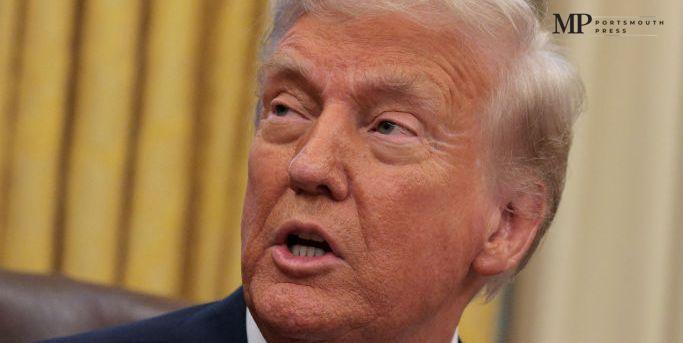Recently, a surprising proposal from the U.S. President has sparked debates around the 25th Amendment, a set of rules in the Constitution about what happens if a president can’t do their job. This situation grew even more interesting when the President expressed a desire to annex Canada as the 51st state of the United States. The unusual nature of this suggestion has left many people wondering if we should rethink how our government works, especially regarding this important Amendment.
Understanding the 25th Amendment
The 25th Amendment was added to the U.S. Constitution in 1967. It helps clarify what happens if the President cannot perform their duties. For example, if a President leaves office unexpectedly, the amendment lays out a clear plan for who steps in next.
- The amendment has four sections detailing the procedures for presidential succession and how to deal with disability.
- Section 1 addresses presidential vacancies, explaining how a new President can take over.
- Section 3 allows the President to voluntarily pass decision-making power to the Vice President temporarily.
- Section 4 is more complex because it describes how the Vice President and majority of the cabinet can declare the President unable to serve involuntarily.
The President’s Proposal and Its Implications
This past week, the President made headlines by suggesting that Canada should become the 51st state. Many found this proposal surprising and even a bit odd. Secretary of Commerce Howard Lutnick supported the idea, calling attention to Canada’s rich resources and strategic location.
- The idea of joining the two countries has historical roots; there have been similar thoughts throughout U.S. history. For instance, this idea harks back to the War of 1812, when the U.S. tried to capture Canadian land.
- Some historical figures, including Sir John A. Macdonald, worried about American expansion and its effects on Canadian independence.
The unique suggestion has led some to question the current administration’s grasp on foreign policy. Could such an outlandish idea impact how we understand power dynamics in government?
Exploring Historical Context
The proposal is not the first of its kind. In history, attempts to annex Canada show that desires for such expansions are not new but are often met with resistance and serious debate. This historical context brings a profound perspective to current discussions around the 25th Amendment.
For instance, the concept of merging territories isn’t just a modern dilemma. During the 19th century, several movements hinted at joining Canada with the U.S., including the Fenian Raids, which only served to strengthen Canadian nationalism against American influence.
The Role of the 25th Amendment in This Debate
The 25th Amendment serves as a reminder of the checks and balances in place within the U.S. government. Debates may arise about the President’s ability to make sound decisions when proposing ideas like annexing another country. Many people believe that if any leader is making unprecedented suggestions, we must ensure their ability to lead is properly assessed through mechanisms like the 25th Amendment.
Concerns and Considerations
Public responses to the President’s suggestion are varied. Some agree that annexing Canada could bring economic and cultural benefits, while others express concern over the potential for political instability. It raises more questions: Can we trust a President making such proposals? Should the 25th Amendment be consulted in such discussions? Many argue that those types of proposals should require a careful examination of the President’s capacity to govern.
Conclusion: A Nation Reflects
As the conversation evolves, we must recognize the significance of the 25th Amendment in safeguarding a functioning democracy. It ensures that leaders are held accountable and that public safety is always the top priority. Our country stands at a crossroads, and how we respond to these unusual proposals could shape future policies and governance.
| Key Sections of the 25th Amendment | Description |
|---|---|
| Section 1 | Presidential vacancy; establishes the process for a Vice President to take over. |
| Section 3 | Allows the President to temporarily transfer power to the Vice President. |
| Section 4 | Describes how the Vice President and cabinet can declare the President disabled. |









